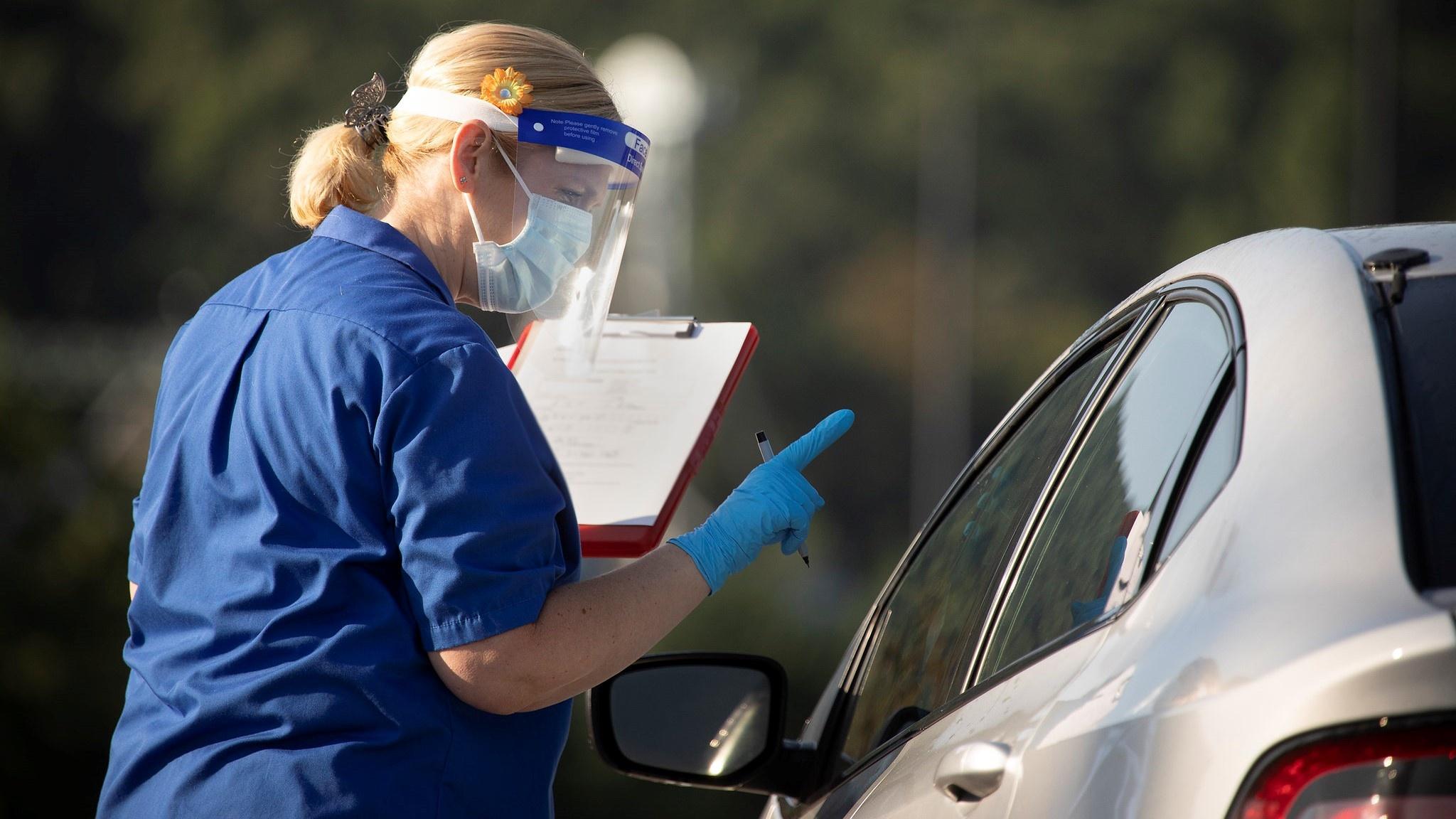BETHLEHEM, Pa. (WLVT) - About a quarter of the data on race and ethnicity among COVID-19 cases is still going unreported in Pennsylvania; information that public health officials’ say limits their ability to determine mitigation efforts, target resources to populations in need and detect the virus before it becomes widespread among communities...
"It’s important to document the inequities that are emerging and to really look at what the determinants are," explains Dr. Sharrelle Barber, Research Professor of Epidemiology and Biostatistics at Drexel University.
As of late May data from the COVID Tracking Project shows Black people made up 20% of Pennsylvania’s COVID deaths, even though they account for only 11% of the state’s population. And across the country, Black people are dying at 2.5 times the rate as White people and Hispanic people are dying at 1.5 times the rate as the white population.
"Latinos are much more likely to be on the frontline of the kind of jobs, the essential jobs, such as the restaurant industry, agriculture," explains Dr. Alex Ortega of Drexel's Center for Population health and Community Impact, "they are much more likely to live in, especially immigrant Latinos, are much more likely to live in homes where there are multiple generations of family members."
In late April, Governor Tom Wolf called for mandatory reporting of race and ethnicity data for COVID-19 cases. It came at a time when nearly 70% (69%) of this data was not being reported. Shortly thereafter, the administration created the COVID-19 Response Task Force for Health Disparity. Today, the group released its report on how the pandemic is affecting the state’s minority and marginalized communities.
"It identifies six key areas of concern, not just health," Wolf said, "but housing, criminal justice, food insecurity, education, economic opportunities, as well as health."
Officials warned that without a majority of race data and almost no information on ethnicity it was difficult to determine the severity of the pandemic. Thursday in York, the task force made 57 policy recommendations including enhanced access to testing...
"We’ve been working with a great organization, the Black COVID-19 Coalition in Pittsburgh," explained Dr. Rachel Levine, "to develop a statewide effort that will help us look at regional testing approaches particularly focusing on FQHC’s or federally qualified health centers."
While gathering data on race and ethnicity is oftentimes not a priority when a patient requires hospitalization at the hands of coronavirus, public health experts are urging medical professionals to continue following the Department of Health’s mandate and include data that would help tackle the virus...
"We’re really at a point where we need to be thinking about not just observing these racial inequities but what are the policies that we can put in place to mitigate and eliminate the inequities in this pandemic and beyond," Dr. Barber says, "And so we’re at a point where we are seeing a resurgence of cases or new outbreaks in places like the south and the west, these are places that are going to be inundated because of the existing inequities that are present in those places."
Meanwhile, the health department is conducting investigations to make sure information on race and ethnicity is being tracked.




